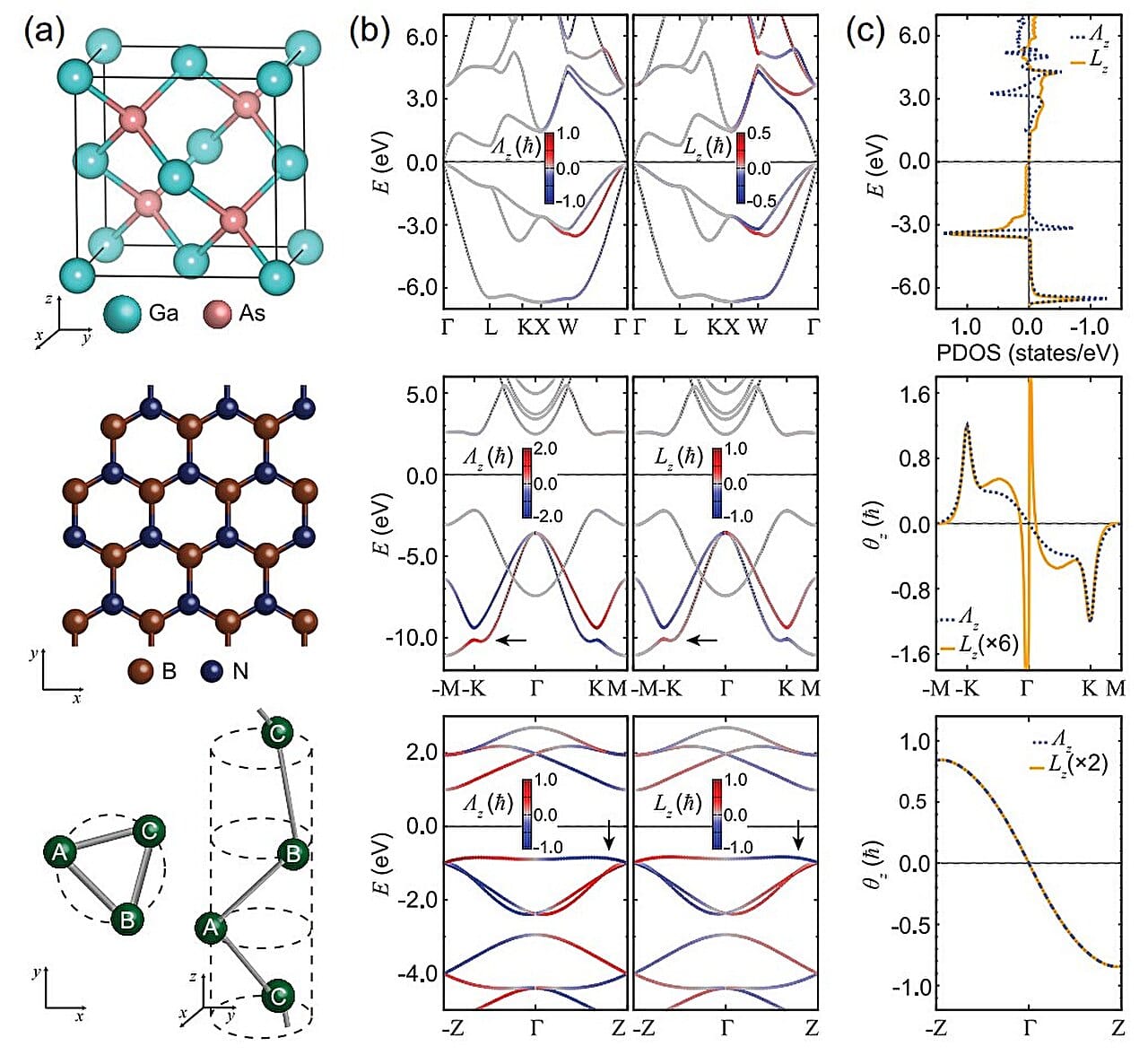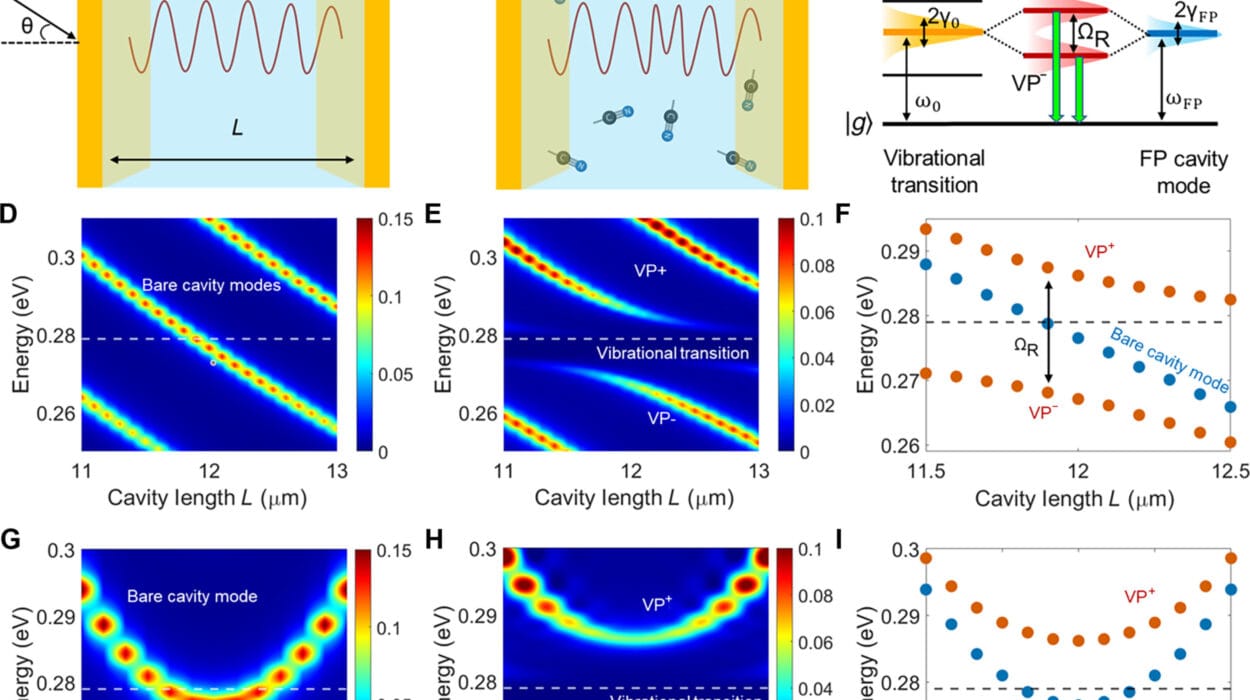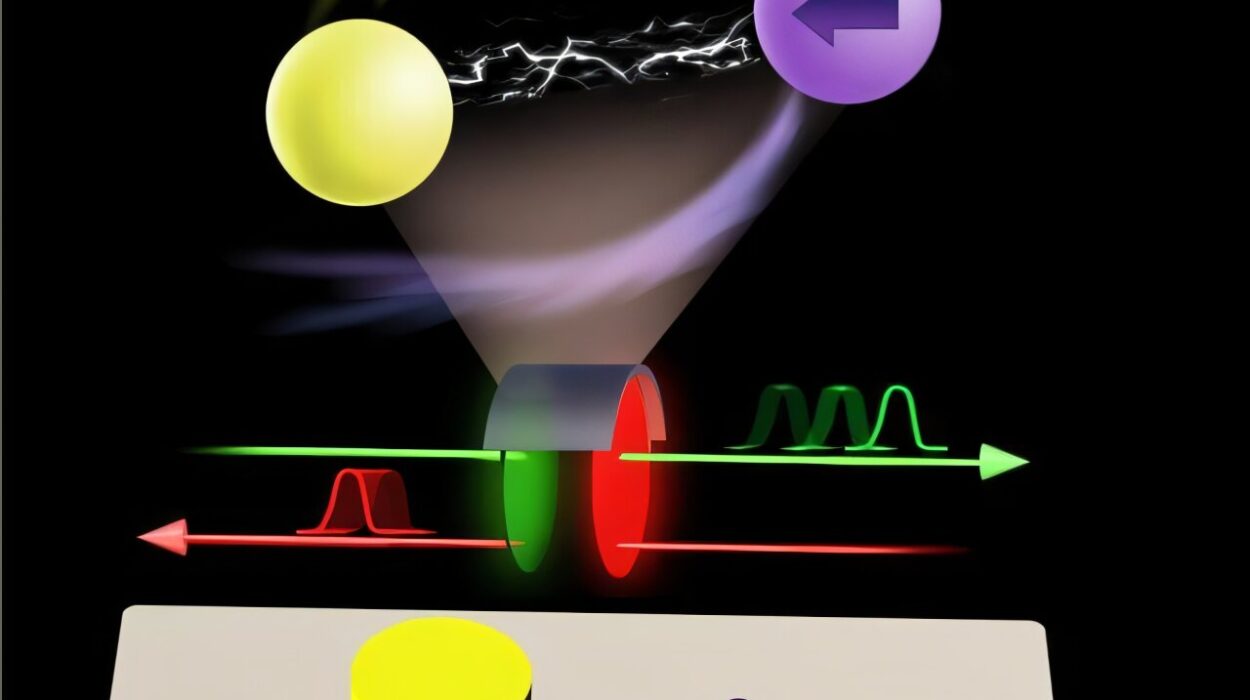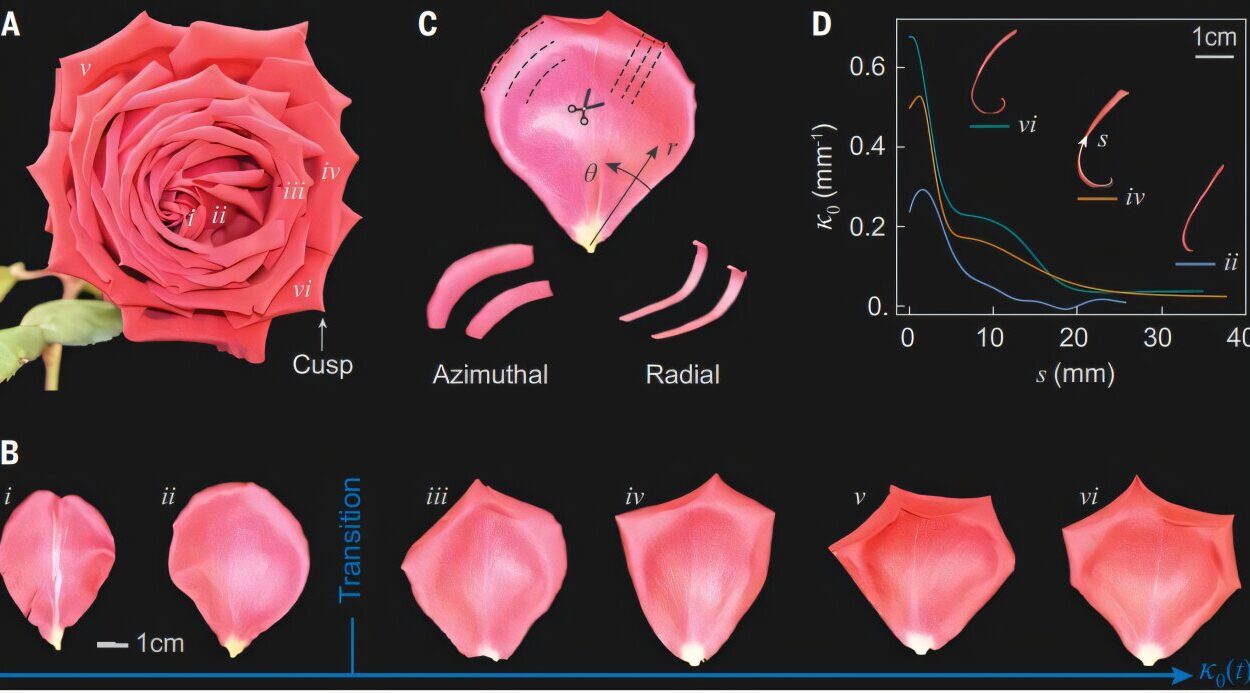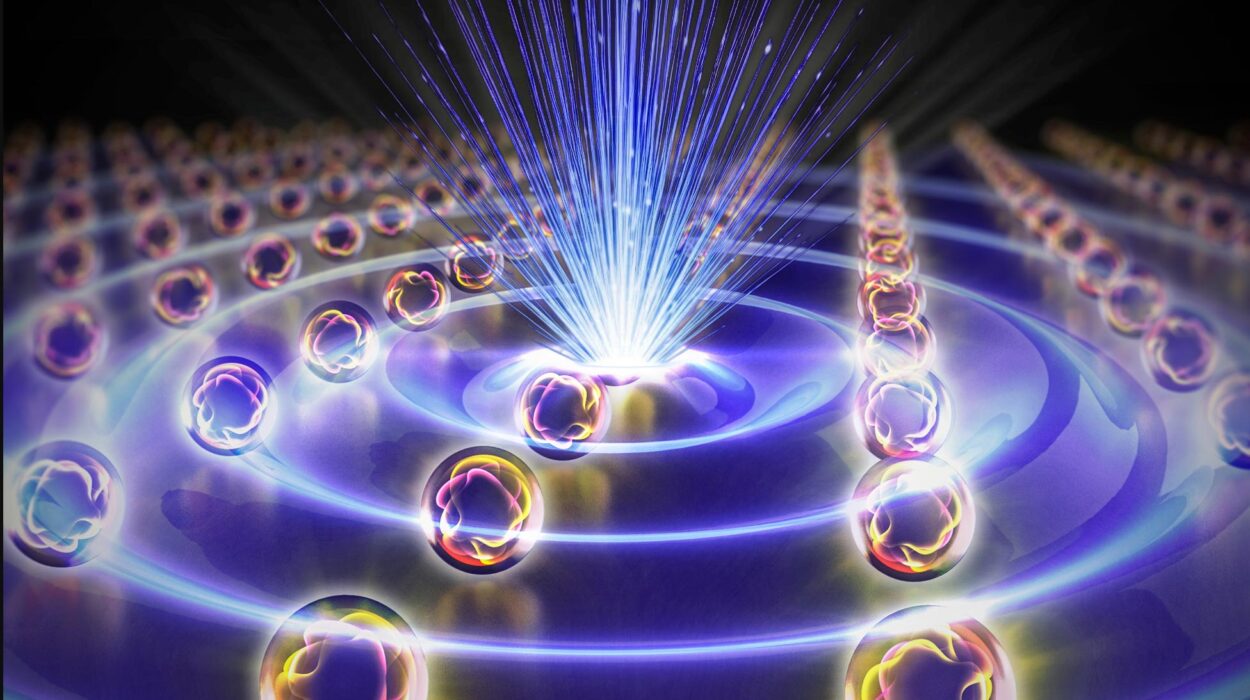“God does not play dice with the universe.” When Albert Einstein uttered these now-iconic words, he wasn’t rejecting science—he was resisting its randomness. His objection was not against quantum mechanics as a whole, but against the core probabilistic nature that seemed to defy the idea of a predictable, law-governed cosmos. Ironically, his own masterwork—the theory of relativity—has since become an indispensable tool for understanding the very quantum systems he so deeply questioned.
The irony is poetic: relativity, conceived in the vast arenas of spacetime and gravitation, is now essential for making sense of subatomic particles like electrons—entities so small they vanish into a fog of probabilities. Electrons dance to the music of quantum mechanics, yet they often move with such velocity that relativistic effects can’t be ignored. This collision between the very small and the very fast has become a central puzzle in modern physics.
Two Languages, One Puzzle
Quantum mechanics and relativity are like two rival poets describing the same storm—each eloquent, each correct in its own tongue, yet stubbornly incompatible. Quantum theory tells us that electrons don’t travel in neat orbits, but rather exist as smeared-out waves of probability. In contrast, Einstein’s relativity is rooted in geometric precision, in the smooth bending of space and time under the influence of mass and velocity.
In the world of solid-state physics—where electrons wriggle through lattices of atoms in materials like silicon or graphene—these two languages must be spoken simultaneously. Electrons in these environments not only obey quantum rules but also move at speeds that require relativistic nuance. The problem? These frameworks start from fundamentally different assumptions. Bridging them has been one of the greatest challenges in theoretical physics.
And it is here, in this tangled web of contradiction and complexity, that a group of scientists has made a breakthrough.
A New Theory for a New Age
In a pioneering study published in Physical Review Letters, a team led by Professor Noejung Park of UNIST and Professor Kyoung-Whan Kim of Yonsei University proposed a novel theoretical framework that promises to finally harmonize the split between quantum mechanics and relativity—at least in the realm of electron behavior within solids.
Their work centers on electron spin, a form of intrinsic angular momentum that has nothing to do with the electron’s literal rotation (which is physically impossible given its size), but everything to do with how it interacts with magnetic and electric fields.
Electrons also possess another kind of angular momentum: orbital angular momentum, which in loose terms describes how an electron moves around an atomic nucleus. Think of it like this: if spin is analogous to Earth rotating on its axis, orbital angular momentum is like Earth revolving around the Sun. Both motions contribute to the planet’s character—just as both angular momenta shape the electron’s behavior.
The Spin-Orbit Dilemma
These two angular momenta—spin and orbital—don’t exist in isolation. They interact, entangle, and influence one another in a phenomenon known as spin-orbit coupling (SOC). This interaction is not just a theoretical curiosity—it’s the cornerstone of cutting-edge fields like spintronics, which promises faster, more efficient electronics that store and transmit data using electron spin instead of charge.
Yet, modeling spin-orbit coupling is notoriously difficult. Why? Because spin-orbit interactions are fundamentally relativistic in nature, while the systems being studied—like semiconductors—are dominated by quantum mechanical effects at low energies. This disparity is like trying to mix oil and water: the math just doesn’t blend.
One of the thorniest problems has been the definition of orbital angular momentum in a crystal lattice. Unlike isolated atoms, where orbital momentum is relatively well-defined, electrons in a solid are delocalized, spread across periodic structures that disrupt conventional descriptions. Physicists have struggled for decades to express spin-orbit effects in a way that respects both quantum principles and relativistic corrections—without oversimplifying either.
Enter Spin-Lattice Interaction
To navigate this conundrum, the Korean research team took a bold and original approach. Rather than force an awkward compromise between quantum and relativistic models, they eliminated the need to define orbital angular momentum explicitly within solids. Instead, they introduced a new concept: the spin-lattice interaction.
This interaction directly captures the relativistic effect of an electron’s motion through the structured geometry of a material. Picture a surfer riding a wave—not only does the surfer move forward, but the shape and tilt of the wave itself changes how he turns, leans, and balances. In this analogy, the lattice is the wave, the electron is the surfer, and the spin-lattice interaction is the subtle choreography that emerges from their dynamic relationship.
By shifting the focus from orbital angular momentum to spin-lattice coupling, the researchers developed a theoretical tool that more naturally integrates relativistic spin effects into quantum descriptions of electrons in solids.
Validation Across Dimensions
The team didn’t stop at theory. To test the robustness of their model, they applied it to real-world materials across all three spatial dimensions. In one-dimensional conductors like platinum chains, two-dimensional insulators such as hexagonal boron nitride, and three-dimensional semiconductors like gallium arsenide, their model not only held up—it outperformed traditional methods.
They demonstrated improved accuracy in predicting several key properties:
- Spin distributions—where and how spins are oriented in a material.
- Spin currents—flows of spin rather than electric charge.
- Magnetic responses—how materials react to external magnetic fields.
These aren’t mere academic curiosities. Spin distributions are crucial for designing magnetic sensors. Spin currents form the basis of spintronic memory and logic devices. Magnetic response governs how materials can be used in data storage, energy conversion, and even quantum computing.
A Leap Toward Spintronics and Beyond
Dr. Bumseop Kim, a postdoctoral researcher at the University of Pennsylvania and lead author of the study, emphasized the practical implications: “Our approach resolves the longstanding computational inconsistencies stemming from the gap between quantum mechanics and relativity. It provides a robust foundation for future research in spintronics and next-generation memory devices.”
Spintronics represents a bold reimagining of modern electronics. Unlike conventional devices that manipulate electrical charge, spintronic devices exploit the spin state of electrons—up or down—as a binary code. This opens the door to ultra-fast, low-power, non-volatile memory that could revolutionize everything from smartphones to supercomputers.
Moreover, the new framework could advance quantum information science, where electron spin is a promising candidate for encoding quantum bits, or qubits. Qubits can exist in multiple states simultaneously, enabling computational feats far beyond classical machines.
Echoes of Einstein
This breakthrough is more than a technical success. It’s a philosophical reconciliation—a rare moment when two contradictory visions of reality can be coaxed into harmony. Einstein’s discomfort with quantum mechanics didn’t stem from stubbornness, but from a deep belief in unity. He spent the last decades of his life searching for a unified field theory that would elegantly marry all the forces of nature.
He didn’t live to see that dream fulfilled. But in the realm of electrons in solids—where relativity and quantum mechanics have long stood at odds—this new theoretical bridge is a small, elegant victory for Einstein’s vision.
Ironically, it was quantum mechanics that he most famously resisted. And now, his own theories are helping to tame its paradoxes.
Toward a Unified Future
The dance of the electron, once thought to be a chaotic blur of probabilities and uncertain spins, is becoming clearer. Not because we’ve tamed its wildness, but because we’re learning to listen to its music in both languages at once. In the marriage of quantum indeterminacy and relativistic geometry, physicists are discovering not contradiction, but complementarity.
As humanity ventures further into the quantum era, with technologies poised to reshape computing, communication, and energy, the need for unified models grows ever more urgent. The framework developed by Park, Kim, and their team offers not just a tool, but a lens—a way of seeing electrons, and perhaps all of matter, with fresh clarity.
Einstein may not have played dice with the universe. But in these new equations, crafted by minds standing on his shoulders, we might finally glimpse the game the universe has been playing all along.
Reference: Bumseop Kim et al, Relativistic Spin-Lattice Interaction Compatible with Discrete Translation Symmetry in Solids, Physical Review Letters (2025). DOI: 10.1103/q46t-hck1
